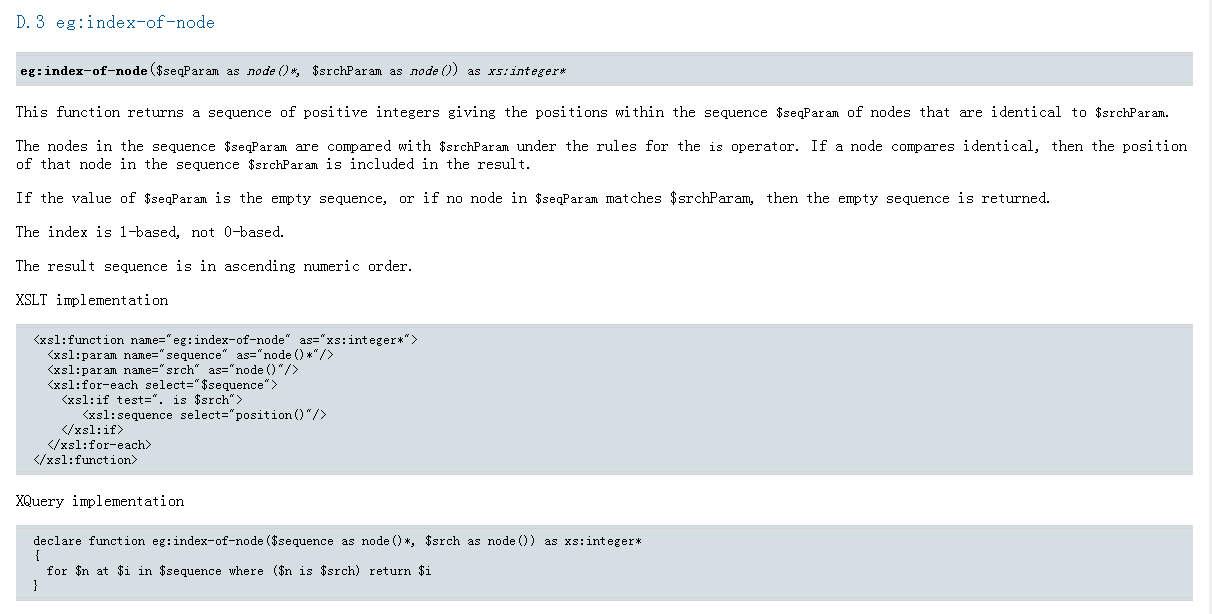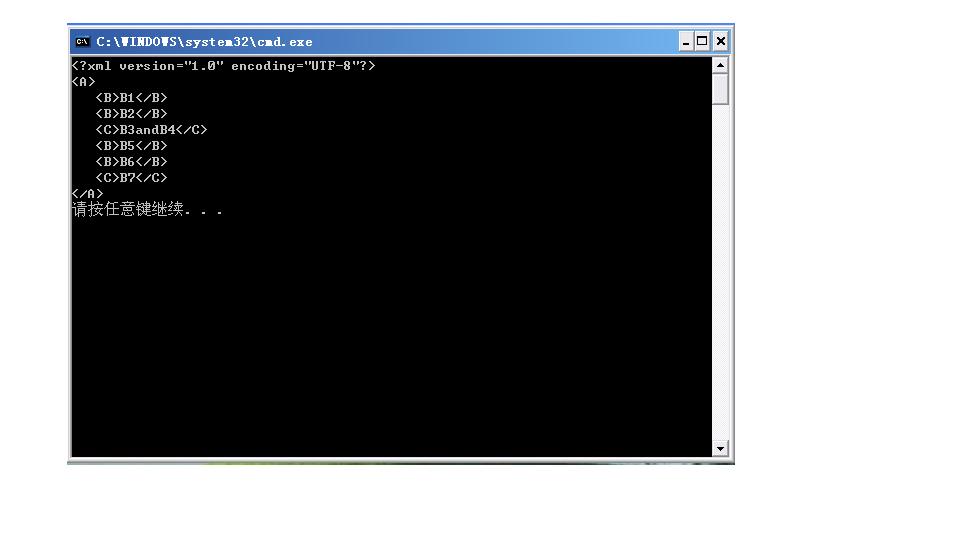8,909
社区成员
 发帖
发帖 与我相关
与我相关 我的任务
我的任务 分享
分享
<w:r w:rsidR="00053760">
<w:rPr>
<w:rFonts w:ascii="Times New Roman" w:hAnsi="Times New Roman" />
<w:sz w:val="24" />
</w:rPr>
<w:fldChar w:fldCharType="begin" />
</w:r>
<w:r w:rsidR="00053760">
<w:rPr>
<w:rFonts w:ascii="Times New Roman" w:hAnsi="Times New Roman" />
<w:sz w:val="24" />
</w:rPr>
<w:instrText xml:space="preserve"> REF _Ref466031759 \r \h </w:instrText><!--引用标记-->
</w:r>
<w:r w:rsidR="00053760">
<w:rPr>
<w:rFonts w:ascii="Times New Roman" w:hAnsi="Times New Roman" />
<w:sz w:val="24" />
</w:rPr>
</w:r>
<w:r w:rsidR="00053760">
<w:rPr>
<w:rFonts w:ascii="Times New Roman" w:hAnsi="Times New Roman" />
<w:sz w:val="24" />
</w:rPr>
<w:fldChar w:fldCharType="separate" />
</w:r>
<w:r w:rsidR="00053760">
<w:rPr>
<w:rFonts w:ascii="Times New Roman" w:hAnsi="Times New Roman" />
<w:sz w:val="24" />
</w:rPr>
<w:t>[1]</w:t>
</w:r>
<w:r w:rsidR="00053760">
<w:rPr>
<w:rFonts w:ascii="Times New Roman" w:hAnsi="Times New Roman" />
<w:sz w:val="24" />
</w:rPr>
<w:fldChar w:fldCharType="end" />
</w:r>

<?xml version="1.0" encoding="UTF-8" standalone="yes"?>
<test>
<value>1</value>
<value>2</value>
<value>3</value>
<value>4</value>
<value>5</value>
</test>
<?xml version="1.0" encoding="UTF-8" standalone="yes"?>
<!--
Parser:Saxon
Command:java net.sf.saxon.Transform -xsl:test.xslt -it:main
-->
<xsl:stylesheet version="2.0"
xmlns:xsl="http://www.w3.org/1999/XSL/Transform"
xmlns:fn="http://www.ricky.com/function"
xmlns:xs="http://www.w3.org/2001/XMLSchema"
exclude-result-prefixes="fn xs">
<xsl:output indent="yes"/>
<xsl:template name="main">
<xsl:variable name="source" select="document('test.xml')"/>
<xsl:variable name="sequence" select="$source/test/*"/><!-- set the value of the sequence -->
<xsl:variable name="node" select="$source/test/value[2]"/><!-- set the value of the node -->
<xsl:value-of select="fn:nodeInSequence($sequence,$node)"/>
</xsl:template>
<xsl:function name="fn:nodeInSequence" as="xs:boolean">
<!-- check if the node in the sequence. -->
<xsl:param name="sequence" as="element(*)*"/>
<xsl:param name="node" as="element(*)?"/>
<xsl:variable name="result" as="xs:integer*">
<xsl:for-each select="$sequence">
<xsl:if test=". is $node">
<xsl:value-of select="position()"/>
</xsl:if>
</xsl:for-each>
</xsl:variable>
<xsl:value-of select="count($result) > 0"/>
</xsl:function>
</xsl:stylesheet>

<?xml version="1.0" encoding="UTF-8" standalone="yes"?>
<?xml-stylesheet href="test.xslt" type="text/xsl"?>
<A>
<B>B1</B>
<B>B2</B>
<D>start</D>
<B>B3</B>
<B>B4</B>
<D>end</D>
<B>B5</B>
<B>B6</B>
<D>start</D>
<B>B7</B>
<D>end</D>
</A>
<?xml version="1.0" encoding="GB2312" standalone="yes"?>
<xsl:stylesheet version="2.0"
xmlns:xsl="http://www.w3.org/1999/XSL/Transform"
xmlns:xs="http://www.w3.org/2001/XMLSchema"
xmlns:myFunc="http://www.ricky.com/function"
exclude-result-prefixes="xs myFunc">
<xsl:output indent="yes"/>
<xsl:template match="/">
<A>
<xsl:variable name="es" select="A/*"/>
<xsl:variable name="startEs" select="A/D[.='start']"/>
<xsl:variable name="endEs" select="A/D[.='end']"/>
<xsl:copy-of select="myFunc:format($es,$startEs,$endEs)"/>
</A>
</xsl:template>
<xsl:function name="myFunc:format">
<xsl:param name="es" as="element(*)*"/>
<xsl:param name="startEs" as="element(*)*"/>
<xsl:param name="endEs" as="element(*)*"/>
<xsl:choose>
<xsl:when test="count($startEs) ne count($endEs)">
<!--
这里用于判断D标签的start和end必须是配对出现的.
如果不成对出现则直接显示错误信息
-->
count-start-elements != count-end-elements.
</xsl:when>
<xsl:otherwise>
<xsl:variable name="end" select="0"/>
<xsl:for-each select="1 to count($startEs)">
<xsl:variable name="index" select="."/>
<xsl:variable name="start" select="myFunc:getIndex($es,$startEs[$index])"/>
<xsl:variable name="end" select="myFunc:getIndex($es,$endEs[$index])"/>
<xsl:choose>
<xsl:when test="$es[xs:integer($start)] is $startEs[1]">
<xsl:for-each select="$es[position() >= 1 and position() lt $start]">
<xsl:copy-of select="."/>
</xsl:for-each>
</xsl:when>
<xsl:otherwise>
<xsl:variable name="preEndIndex" select="myFunc:getIndex($es,$endEs[xs:integer($index) - 1])"/>
<xsl:for-each select="$es[position() gt xs:integer($preEndIndex) and position() lt xs:integer($start)]">
<xsl:copy-of select="."/>
</xsl:for-each>
</xsl:otherwise>
</xsl:choose>
<C>
<xsl:value-of select="string-join($es[position() gt $start and position() lt $end],'and')"/>
</C>
</xsl:for-each>
</xsl:otherwise>
</xsl:choose>
</xsl:function>
<xsl:function name="myFunc:getIndex" as="xs:integer">
<!--这个方法用于获取某个节点在序列中的位置指针-->
<xsl:param name="es" as="element(*)*"/>
<xsl:param name="e" as="element(*)"/>
<xsl:for-each select="$es">
<xsl:if test=". is $e">
<xsl:value-of select="position()"/>
</xsl:if>
</xsl:for-each>
</xsl:function>
</xsl:stylesheet>
<?xml version="1.0" encoding="UTF-8" standalone="yes"?>
<?xml-stylesheet href="test.xslt" type="text/xsl"?>
<test>
<value>
1
</value>
<value>
2
</value>
</test>
<?xml version="1.0" encoding="GB2312" standalone="yes"?>
<xsl:stylesheet version="2.0"
xmlns:xsl="http://www.w3.org/1999/XSL/Transform">
<xsl:template match="/">
<xsl:call-template name="show"/>
<!--
或许你在运用XSLT的时候添加了类似 apply-templates select="*" 的一个标签内容(如下:A-1)
导致了会按照默认的方式输出源文档的标签,也就是文本内容
-->
<!-- A-1 开始 -->
<xsl:apply-templates select="test/value"/>
<!-- A-1 结束 -->
<!--
需要解决文本不想出现文本的话可以考虑建立一个对应的模板 如A-2
可以尝试着注释掉A-2内容看看效果
-->
</xsl:template>
<xsl:template name="show">
hello,world
</xsl:template>
<!-- A-2 开始-->
<xsl:template match="value">
</xsl:template>
<!-- A-2 结束-->
</xsl:stylesheet>
<A>
<B>B1</B>
<B>B2</B>
<D>start</D>
<B>B3</B>
<B>B4</B>
<D>end</D>
<B>B5</B>
<B>B6</B>
<D>start</D>
<B>B7</B>
<D>end</D>
</A><A>
<B>B1</B>
<B>B2</B>
<C>B3和B4</C>
<B>B5</B>
<B>B6</B>
<C>B7</C>
</A>